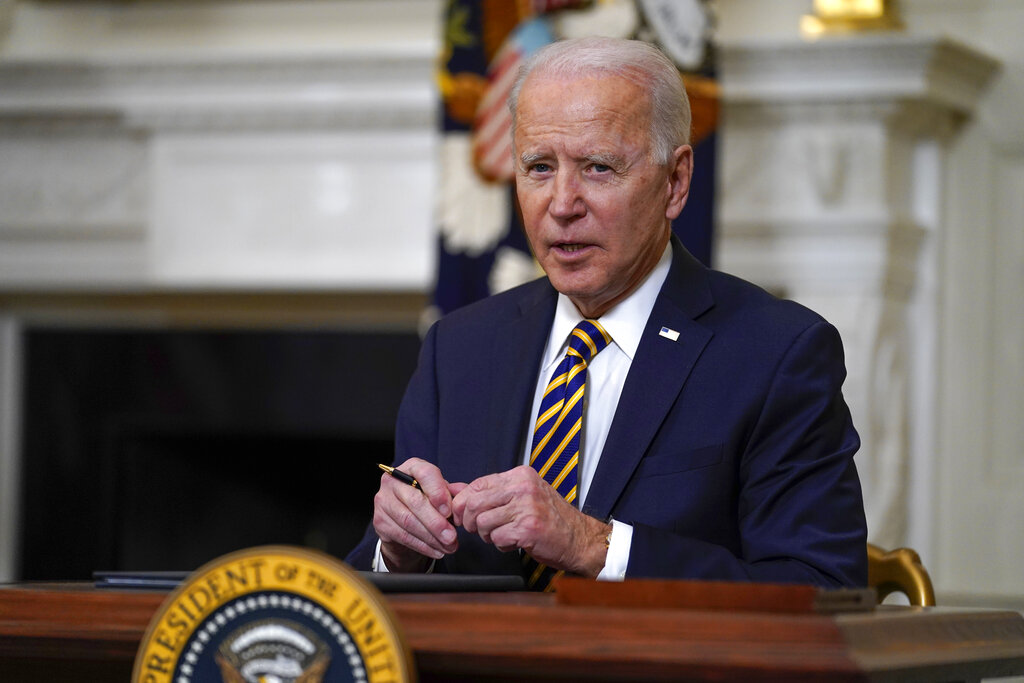Wyoming: Still the Smallest State, According to U.S. Census
Written by Andrew-Rossi on April 27, 2021
After another decade and another federal census, Wyoming holds onto one of its more infamous titles: the least populated state in the United States.
Results of the 2020 U.S. Census were made available on Monday, April 26. Over the last ten years since the last census, Wyoming has remained large and mostly unchanged.
As of April 1, 2020, the resident population of the United States was 331,449,281. It’s a gain of 7.4% – twenty-two million people – since the last census in 2010.
“The American public deserves a big thank you for its overwhelming response to the 2020 Census,” Secretary of Commerce Gina Raimondo said. “Despite many challenges, our nation completed a census for the 24th time. This act is fundamental to our democracy and a declaration of our growth and resilience. I also want to thank the team at the U.S. Census Bureau, who overcame unprecedented challenges to collect and produce high-quality data that will inform decision-making for years to come.”
Other highlights in the U.S. Census data show some states are growing in popularity.
- The most populous state was California (39,538,223)
- The state that gained the most numerically since the 2010 Census was Texas (up 3,999,944 to 29,145,505).
- The fastest-growing state since the 2010 Census was Utah (up 18.4% to 3,271,616).
- Puerto Rico’s resident population was 3,285,874, down 11.8% from 3,725,789 in the 2010 Census.
The biggest implications of the census are the number of seats each state gets in the U.S. House of Representatives. Montana is amongst several states that will receive an additional seat in the House.
- After the 1790 Census, each member of the House represented about 34,000 residents. Since then, the House has more than quadrupled in size (from 105 to 435 seats), and each member will represent an average of 761,169 people based on the 2020 Census.
- Texas will gain two seats in the House of Representatives, five states will gain one seat each (Colorado, Florida, Montana, North Carolina, and Oregon), seven states will lose one seat each (California, Illinois, Michigan, New York, Ohio, Pennsylvania, and West Virginia), and the remaining states’ number of seats will not change based on the 2020 Census.
Wyoming’s total population is 576,851 people, making it the state with the lowest overall population.
It’s not even a close race for the lowest population. The 2nd least populous state is Vermont, with just over 643,000 residents.
While it’s the lowest in the nation, there was still some growth in the state. The 2010 Census recorded 563,626 Wyoming residents.
That’s 2.35% of growth in the decade between the censuses – but it’s still growth.
Wyoming was leading the way in census response in early April 2020. As the year progressed, it became more difficult to get returns, leading some to qualify Wyoming as the state most reluctant to respond.
When counting the number of Wyoming residents living overseas, Wyoming’s sole congressional representative – Liz Cheney – represents 577,719 people. That’s not even close to the average representation for a U.S. House member.

